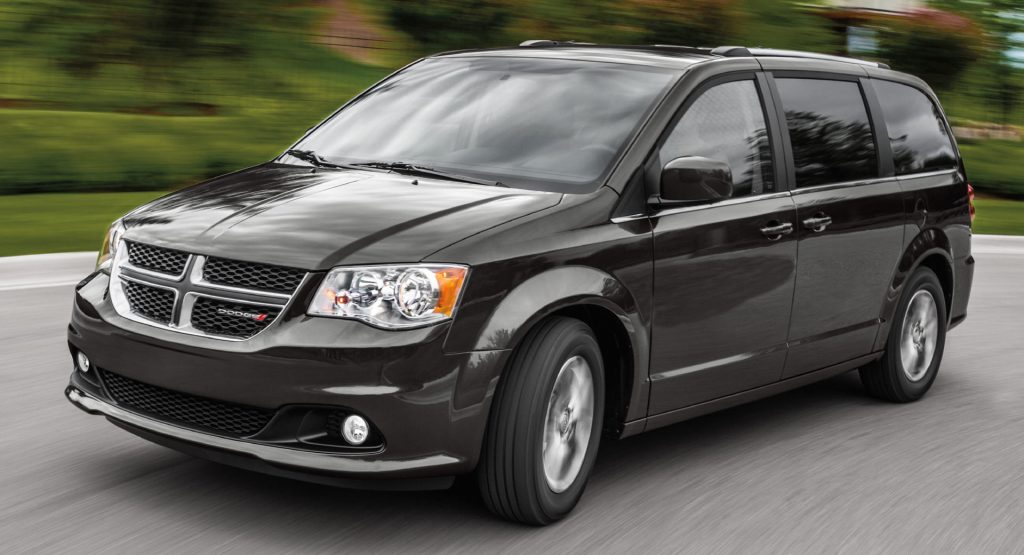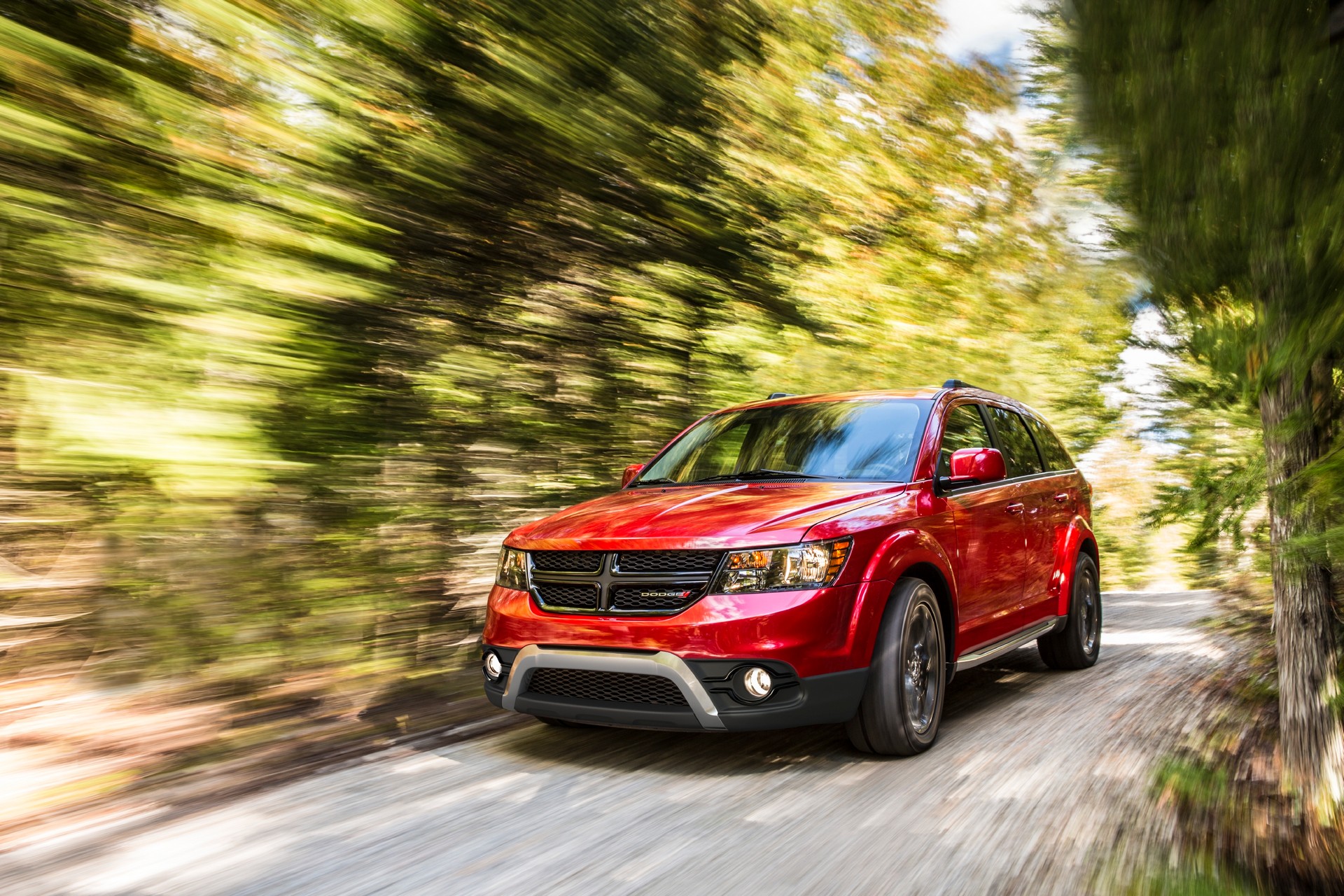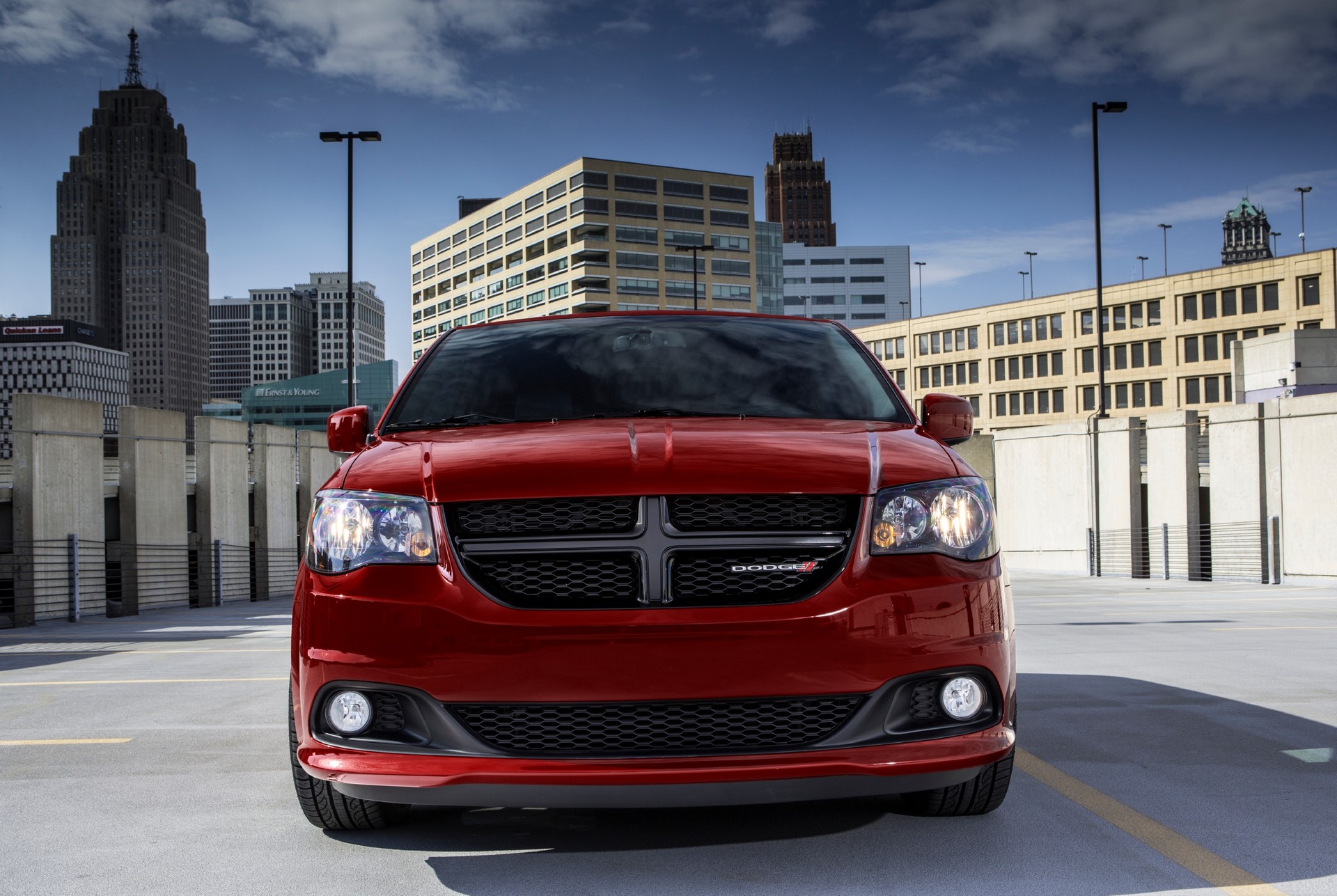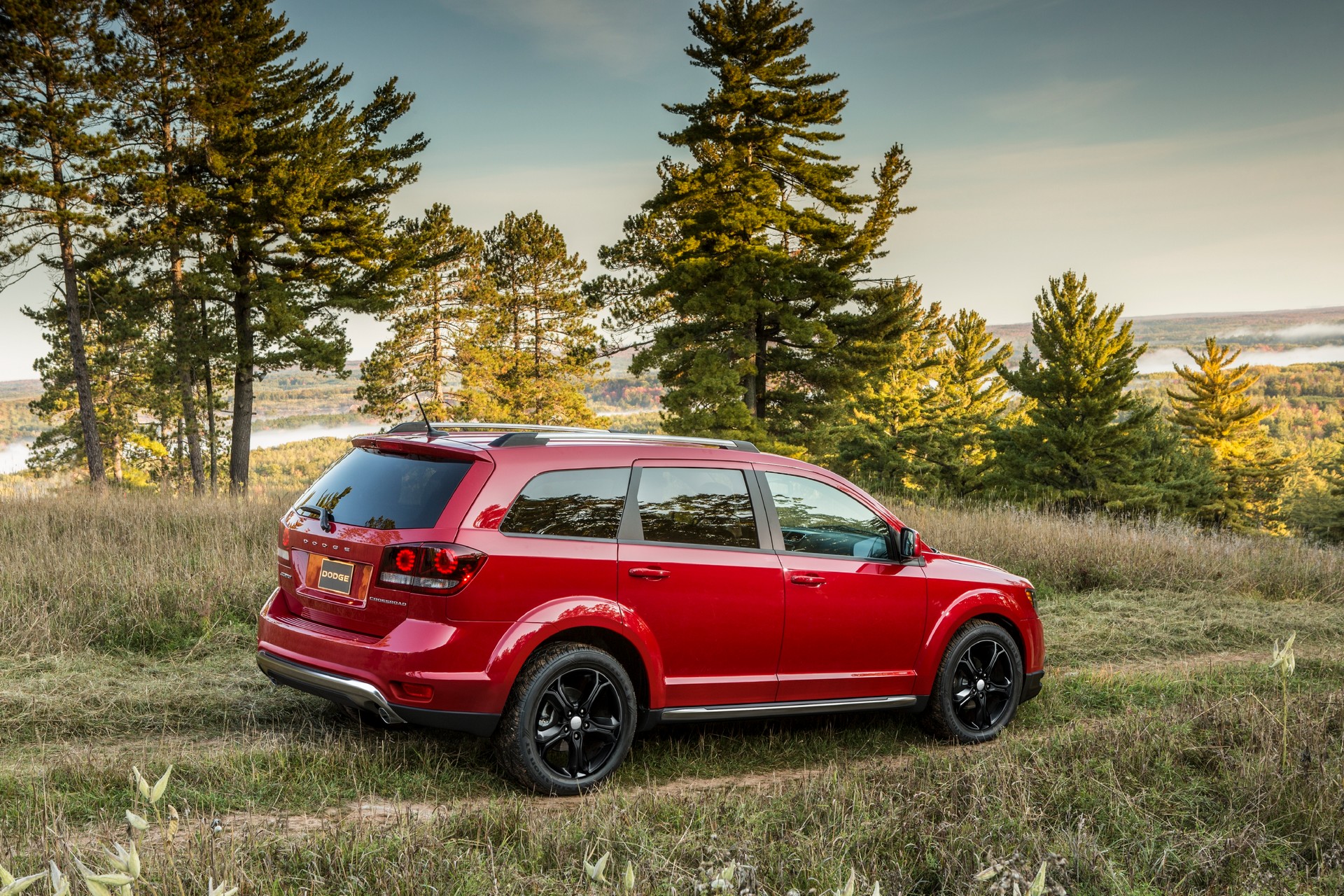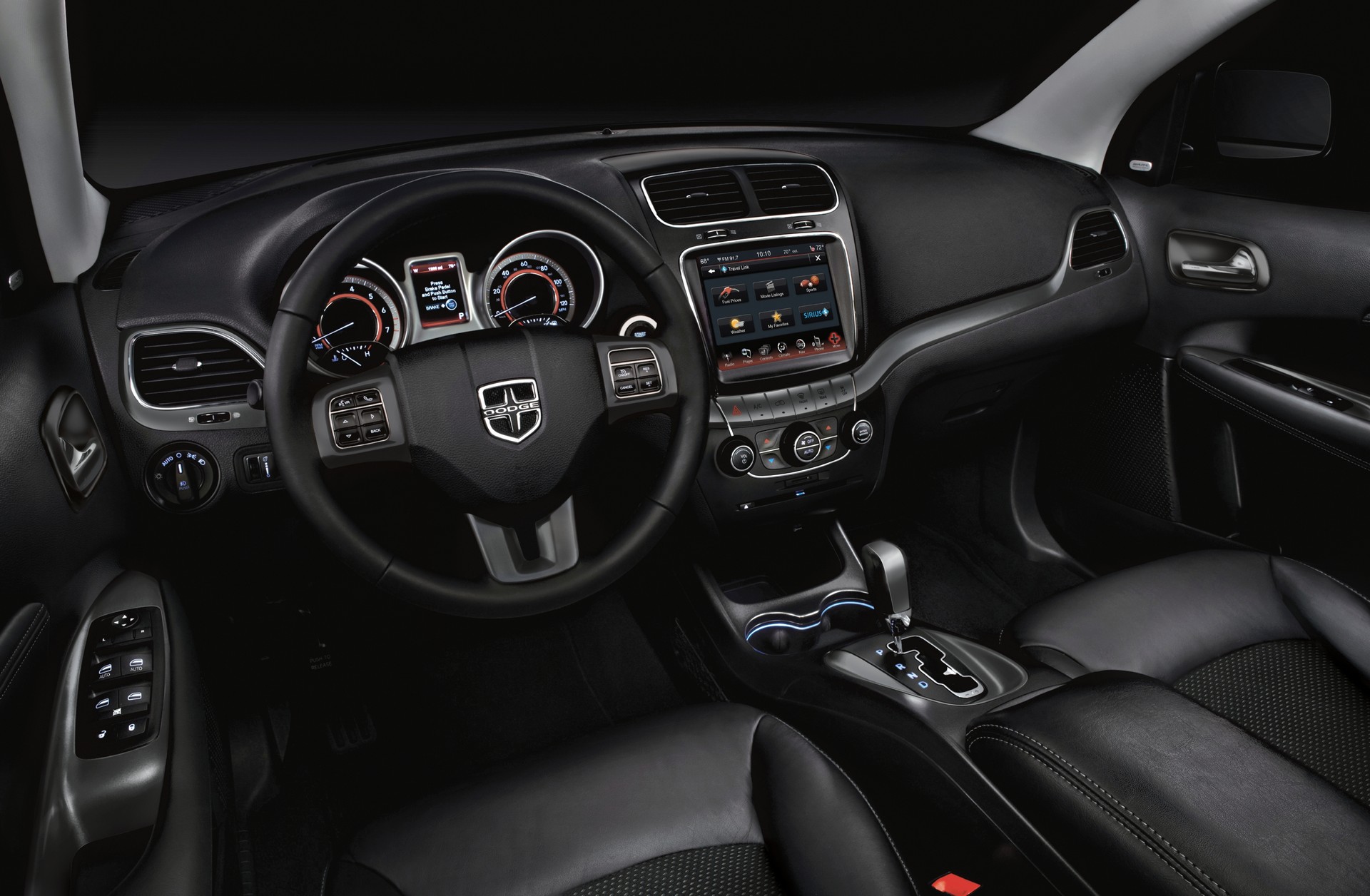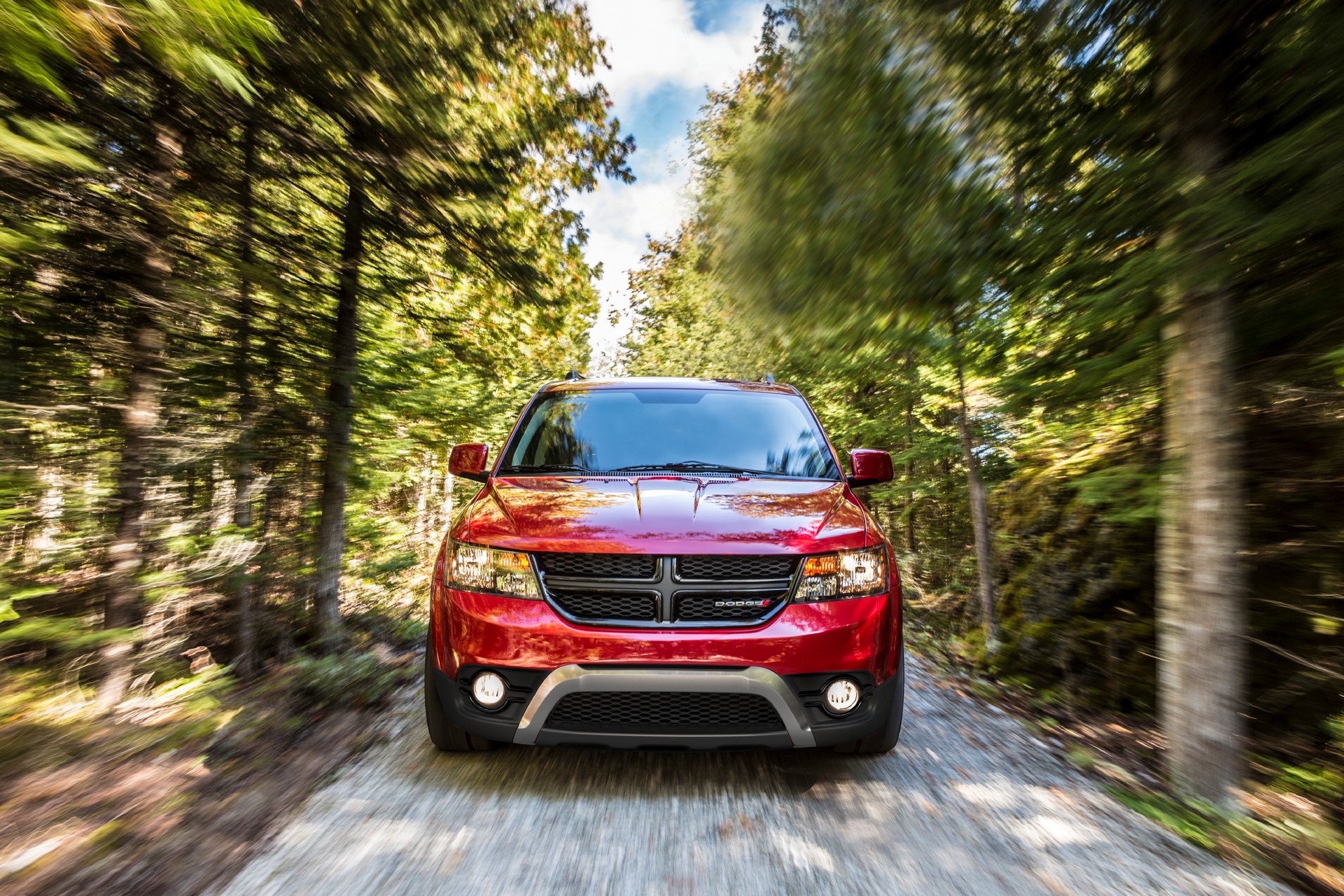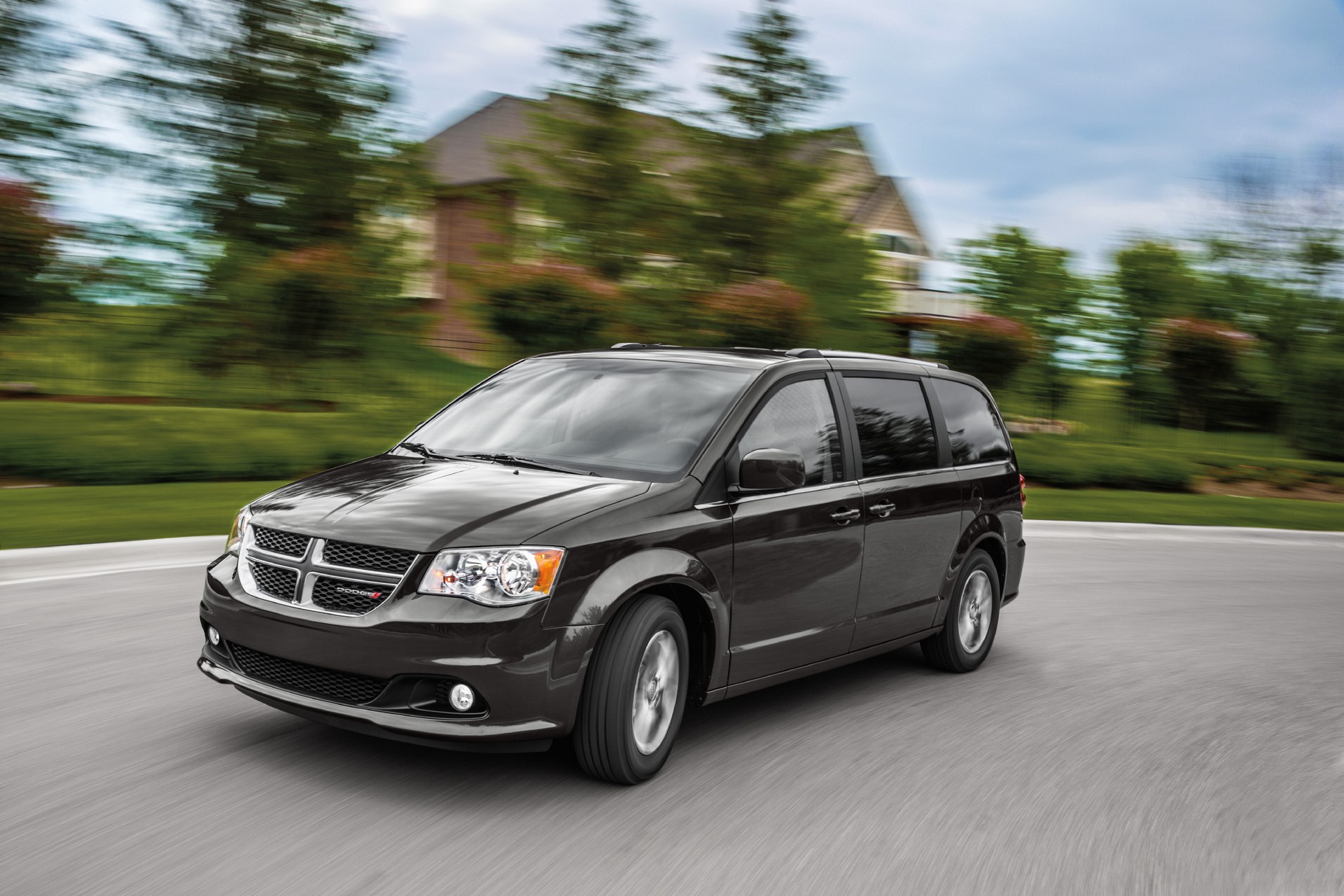Dodge’s lineup is the automotive equivalent of a senior center and two of its members are dying of old age.
We’re, of course, talking about the Journey and Grand Caravan which will be put out to pasture this year.
The Journey was originally introduced at the 2007 Frankfurt Motor Show and launched in the United States a year later. Designed to offer a “unique combination of versatility and flexibility in a sporty, sexy package,” the Journey was based on the Avenger and featured enough hard plastic to make Lego jealous.
Also Read: 12-Year-Old Dodge Journey Soldiers On For 2020
Despite this, the Journey had a reasonable base price of $19,985 and offered seating for up to seven people. However, it wasn’t exactly a hit as the crossover only sold around 50,000 units for the first four years of its existence in the United States.
The Journey received a significant update for the 2011 model year as the interior was redesigned and engineers retuned the suspension. The crossover was also equipped with a new 3.6-liter V6 engine which developed 283 hp (211 kW / 287 PS) and 260 lb-ft (352 Nm) of torque.
However, the Journey kept getting older and Dodge didn’t do much to update it. A quick look at the 2020 model reveals how bad things got. It was available exclusively with a 2.4-liter four-cylinder engine that produced 172 hp (128 kW / 174 PS) and 165 lb-ft (224 Nm) of torque. More interestingly, it had a four-speed automatic transmission – likely one of the last for a ‘new’ car in America.
The axing of the Grand Caravan isn’t surprising, but it’s ironic as the minivan was Dodge’s best-selling vehicle. Last year, the company sold 122,648 Grand Caravans in the United States, which put it well ahead of the Charger (96,935), Challenger (60,997) and Durango (67,599).
The Grand Caravan was also an old timer as it originally debuted at the 2007 North American International Auto Show. However, FCA decided not to offer a Dodge version of the Chrysler Pacifica and Grand Caravan’s role will effectively be filled by the Chrysler Voyager.




